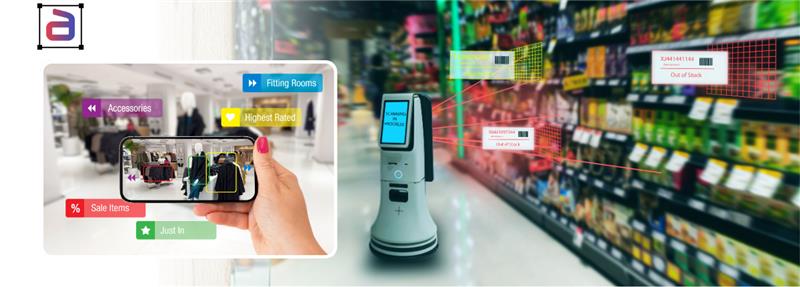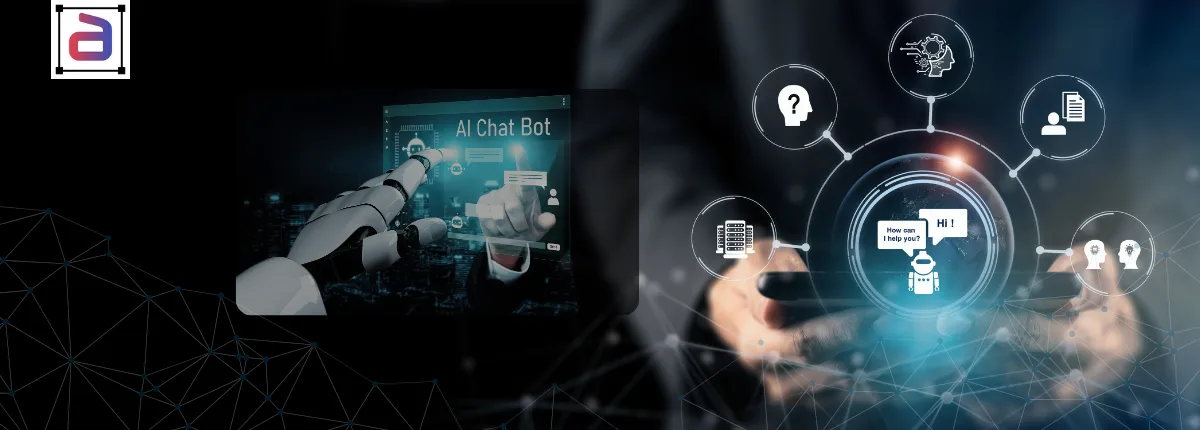LiDAR (Light Detection and Ranging) is one of the most powerful technologies fueling the future of autonomy, robotics, and smart infrastructure. By emitting laser pulses and measuring their reflections, LiDAR creates rich 3D point clouds—essentially detailed digital maps of the physical world. From self-driving cars navigating city streets to drones inspecting power lines, LiDAR is at the heart of countless cutting-edge innovations. But there’s a challenge: LiDAR generates massive amounts of raw data that machines cannot interpret without human intervention. That’s where LiDAR data annotation comes in.
Annotation transforms dense, seemingly chaotic point clouds into structured datasets for training AI models. By labeling pedestrians, vehicles, road edges, infrastructure, and obstacles, annotation provides the semantic understanding that allows AI to interpret its environment and make safe decisions. Without accurate annotation, LiDAR-powered systems remain blind to the nuances of the real world.
Why LiDAR Data Annotation Matters
LiDAR data annotation matters because it transforms raw 3D point clouds into meaningful insights essential for autonomous systems. By accurately labeling objects, environments, and distances, teams can improve model perception and safety. Moreover, precise annotation ensures better navigation, smoother decision-making, and ultimately stronger AI performance across robotics, drones, and self-driving applications. Unlike 2D video or images, LiDAR provides depth, distance, and geometric detail—making it indispensable for safety-critical applications like autonomous driving, advanced robotics, and smart city infrastructure. However, its richness also brings complexity. Annotation ensures that:
Accurate Object Detection: Vehicles, cyclists, and pedestrians are consistently identified even in dense, low-light, or cluttered environments.
- Depth and Distance Awareness: Robots and autonomous systems can measure how far away objects are, avoiding collisions and navigating confidently.
- Contextual Understanding: Infrastructure like lane boundaries, traffic signals, sidewalks, and barriers are labeled to give AI models complete environmental awareness.
- Operational Safety: High-quality annotation reduces false negatives (missed obstacles) and false positives (phantom detections), which could otherwise lead to unsafe outcomes.
“LiDAR is the eye of autonomy, but annotation is the brain that interprets what those eyes see.” — Computer Vision Specialist
Key Techniques for LiDAR Annotation
Key techniques for LiDAR data annotation include segmentation, 3D bounding boxes, and semantic labeling, all of which help convert point clouds into structured insights. Moreover, combining manual precision with AI-assisted tools ensures higher accuracy. Consequently, these techniques enable autonomous systems to detect objects, understand depth, and navigate complex environments more effectively. Annotating LiDAR data requires advanced methods that make sense of millions of 3D points per scan:
- 3D Bounding Boxes: Encapsulate vehicles, pedestrians, or obstacles in 3D space, enabling detection and tracking across frames.
- Semantic Segmentation: Classifies each point in the cloud into categories such as road, tree, sidewalk, or building. This allows AI to understand both navigable surfaces and obstacles.
- Instance Segmentation: Differentiates between multiple objects of the same type, such as two parked cars in close proximity.
- Polyline & Polygon Annotation: Used for irregular structures like road boundaries, lane markings, guardrails, or power lines.
- Sensor Fusion Annotation: Aligns LiDAR with other sensors (camera, radar, GPS) to provide richer, multi-modal datasets that improve accuracy.
These techniques give AI the “training curriculum” it needs to not only see but interpret complex environments.
Challenges in LiDAR Data Annotation
LiDAR’s promise comes with unique challenges:
- Data Density: A single LiDAR unit can produce over a million points per second. Annotating these massive datasets is computationally heavy and labor-intensive.
- Sparse Representations: Unlike images, point clouds can appear sparse, especially at greater distances, making it harder to label small objects like traffic cones or animals.
- Occlusions and Blind Spots: Pedestrians hidden behind parked cars or objects partially obscured by environmental clutter require careful human judgment.
- Consistency Across Annotators: Different annotators may interpret clusters differently. Detailed annotation guidelines and multi-layer quality checks are essential to ensure uniformity.
- Cost and Expertise: Annotating 3D data demands specialized tools, training, and domain knowledge, raising both costs and barriers to entry.
“The challenge of LiDAR annotation is balancing speed, scale, and accuracy without compromising safety.” — AI Project Manager
Applications of LiDAR Annotation
The applications of annotated LiDAR data span multiple industries:
- Autonomous Vehicles: Trains self-driving models to recognize, classify, and react to pedestrians, cyclists, traffic lights, and road conditions in real time. Annotated LiDAR is central to collision avoidance and route optimization.
- Robotics: Warehouse and delivery robots rely on annotated point clouds for obstacle detection and safe navigation in dynamic environments.
- Smart Cities: City planners use annotated LiDAR datasets to model traffic flows, monitor infrastructure health, and optimize pedestrian and vehicle movement.
- Energy & Utilities: Drones equipped with LiDAR inspect pipelines, power lines, and wind turbines. Annotation identifies wear, corrosion, or vegetation encroachment that requires maintenance.
Case Example: A self-driving car company partnered with Annotera to annotate LiDAR datasets for perception systems. With QA-driven annotation, false detections dropped by 28%, improving safety metrics and regulatory compliance.
Human-in-the-Loop: Ensuring Accuracy
While AI-assisted annotation tools can pre-label LiDAR datasets, human oversight is indispensable for quality:
- Error Correction: Humans catch misclassifications that AI tools miss, such as distinguishing a pedestrian from a traffic cone at a distance.
- Compliance: Annotators ensure labeling aligns with industry safety and regulatory standards.
- Continuous Feedback: Human corrections are fed back into annotation systems, improving efficiency and accuracy over time.
This Human-in-the-Loop (HITL) approach ensures that LiDAR annotation meets the stringent accuracy required for safety-critical deployments like autonomous driving and industrial robotics.
The Role of BPO in LiDAR Annotation
Building and managing LiDAR annotation capabilities in-house is costly and slow. BPO partners add value by providing:
- Scalability: Distributed teams capable of handling terabytes of LiDAR data at speed.
- Specialized Expertise: Annotators trained in 3D workflows and safety-critical labeling.
- Quality Assurance: Multi-level QA, gold-standard datasets, and consensus-based reviews.
- Compliance: Secure workflows protecting sensitive data for transportation, robotics, and infrastructure.
- Faster Time-to-Market: Outsourcing reduces bottlenecks and accelerates AI deployment timelines.
According to Deloitte, outsourcing advanced annotation projects like LiDAR can reduce deployment cycles by 30–40%, giving companies a competitive advantage.
Annotera’s Expertise
At Annotera, we bring precision and scale to LiDAR data annotation. Our strengths include:
- Comprehensive 3D Annotation: From bounding boxes to segmentation and sensor fusion workflows.
- Bias-Aware Datasets: Ensuring fair representation across environments and reducing bias in perception models.
- Human-in-the-Loop QA: Combining automation with expert oversight to guarantee safety-critical accuracy.
- Scalable Workforce: Global teams ready to support projects of any size, from pilot programs to enterprise-scale rollouts.
Case Example: Annotera collaborated with a robotics firm on autonomous warehouse navigation. After implementing Annotera’s workflows, obstacle detection accuracy improved by 22%, lowering collision risks and increasing operational efficiency.
Executive Takeaway
LiDAR is a game-changer across industries—from cars to cities to drones—but its full value depends on accurate annotation. High-quality annotation converts raw point clouds into actionable intelligence that enables safety, efficiency, and innovation. Companies that prioritize annotation today will set the standard for tomorrow’s autonomous world.
“LiDAR without annotation is like sight without perception—it shows the world, but doesn’t explain it.” — Robotics Engineer
Connect with Annotera
Annotating LiDAR data is both a challenge and an opportunity. It requires scale, expertise, and rigorous quality control, but the payoff is immense: safer vehicles, smarter cities, and more reliable robots.
Ready to unlock the full potential of LiDAR for your AI projects? Partner with Annotera today to power your systems with high-quality LiDAR annotation.


